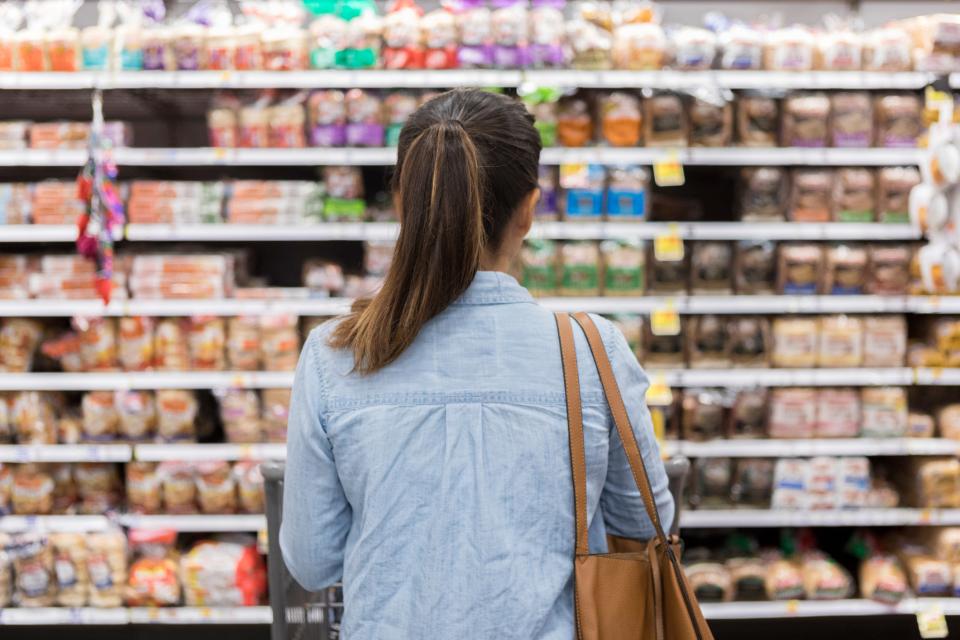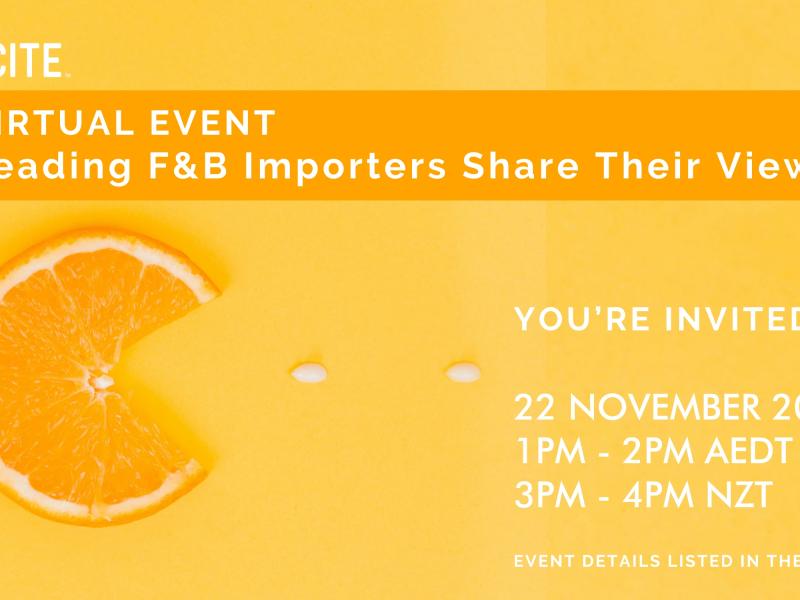With the world’s F&B brands jostling for a slice of the Southeast Asian market, INCITE’s Cameron Gordon offers some timely advice for Kiwi exporters.
ET: Looking back over 2023, what were the major challenges faced by Kiwi F&B exporters to SE Asian markets?
Cameron: The major challenges faced by New Zealand F&B exporters to SE Asian markets were:
- Increased competition across the region from new international brands wanting to enter the market.
- Finding innovative ways to cut through the noise with so many new brands wanting to enter the market; and
- Creating compelling business plans that not only got their products on the shelves but kept them there over the longer term.
Presenting commercially viable opportunities to distributors and their downstream customers requires a meticulous process right from the start to the point that products are on the shelf and beyond. It begins with engaging as many category-relevant distributors as possible, to screening and appointing the strongest candidate.
In order to stay relevant and maintain shelf space, the plan must also include a well-thought-out strategy of how in-market activities, such as trade and digital marketing, will help support sales for long-term growth.
ET: How is 2024 shaping up in terms of market opportunities? Do you anticipate any roadblocks or headwinds? And which markets in particular hold the most potential for growth?
Cameron: The most important factor when assessing market opportunities in 2024 is to ensure that the fundamentals of a well-thought-out strategy are in place from the beginning. This includes positioning the brand correctly within the category from a pricing perspective and engaging the strongest distributors that have ownership of those categories.
To help minimise any roadblocks, putting the time and effort into understanding the mechanics of each market and creating a carefully constructed plan makes a noticeable difference when any foreseeable risk is managed from the start. In addition, partnering with the right distributor is crucial for long term growth as they are able to identify market specific roadblocks and are equally invested in seeing the brand launch and succeed in the market.
The markets that hold the most potential depend on the time horizon that brands are willing to work to. Mature markets for imported food and beverage products including Singapore, Hong Kong, Taiwan and Malaysia offer less barriers to entry without as many regulatory hurdles, but for this reason, the competition and saturation of international brands can be relatively high. Developing markets for imported food and beverage brands, including Vietnam, Thailand, the Philippines and Indonesia have less competition and, in many cases, much larger populations, but there are many more regulatory hurdles to work through.
ET: What advice do you have for Kiwi F&B companies looking to enter the SE Asian market for the first time in 2024?
Cameron: First, seek to understand the mechanics of your desired target markets. This includes on-shelf competition, pricing and margin structures, the investment required to enter major retail channels, marketing norms and what is required to create a mutual partnership between the brand, retailers and distributors.
As a new brand entering an entirely new market, you must truly understand where the brand will fit within the category in order to obtain a fair shot at success amongst a sea of existing competitors. With all global brands wanting a slice of the action in Southeast Asian growth markets, most are given only one opportunity to put their best foot forward to leading distributors. Unfortunately a generic export price list, presentation and samples will not impress retailers or distributors who are pitched new opportunities daily.
ET: What initiatives is INCITE planning for the year ahead to assist exporters?
Cameron: In 2024 Incite will continuing partnering our food and beverage brands with leading distributors across Singapore, Malaysia, Thailand, the Philippines, Indonesia, Vietnam, Hong Kong, Taiwan and South Korea, as well as providing distributor management and in-market social media services to them.
Every year, we survey approximately 2,000 import and distribution contacts within the Incite network across Southeast and North Asia to collect feedback on market developments, challenges, trends, opportunities and overall performance. The data collected is presented to food and beverage brands to support them with their business across these markets. [Click here for the 2023 Food and Beverage Distributor Survey Report.]
We will also be hosting seminars, roundtables and events to help support New Zealand companies open new, and grow their existing, export markets in the region.





